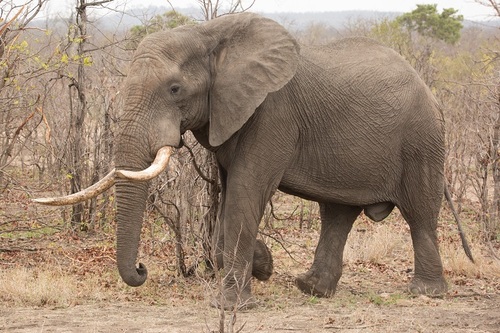
African Elephant
The majestic African Elephant (Loxodonta africana) roams the Sub-Saharan landscapes, using its immense size and intelligence to shape ecosystems. Renowned for its tusks and large ears, it plays a crucial role in biodiversity, reminding us of the beauty and complexity of the natural world.
60-70 years
Lifespan
Endangered
Conservation Status
Decreasing
Population Trend
Distribution Range of the African Elephant
The African elephant (Loxodonta africana) is native to sub-Saharan Africa. Its geographical distribution spans numerous countries in regions such as West Africa, East Africa, Central Africa, and Southern Africa.
African Elephant's Habitat
Environmental Conditions
African elephants inhabit a variety of ecosystems, including savannas, forests, deserts, and marshes. They prefer areas with access to ample food and water sources, which greatly influences their migratory patterns. Climate conditions in these areas can range from wet tropical climates with high rainfall in forest regions to arid or semi-arid conditions in savanna and desert landscapes.
Ecological Niche
As the largest terrestrial mammals, African elephants play a crucial role in their ecosystems. They are often referred to as 'ecosystem engineers' because they significantly shape their environment. The elephants help to maintain biodiversity by facilitating the opening of dense forests, which creates pathways and clearings that allow other species to thrive. They also play a vital role in seed dispersal and nutrient cycling through their digestion and waste products, supporting plant regeneration and growth across their habitats.
Copyright @ Nature Style Limited. All Rights Reserved.
 English
English